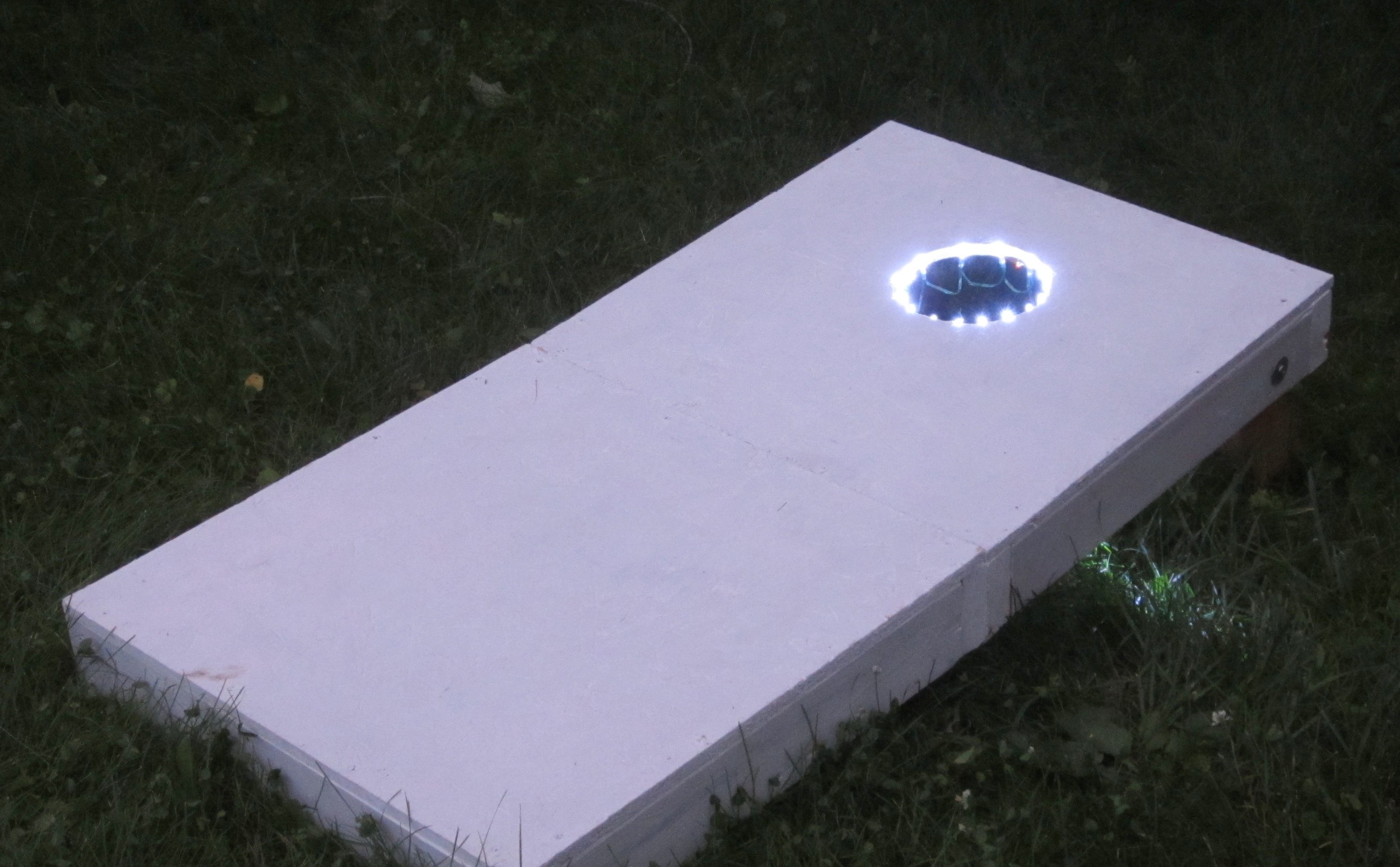The Wave shield can only play audio files in the .WAV format. So if your sound recorder saves the files in a different format, you will need to convert them to .WAV.
If you have iTunes you can use this tutorial to convert them. You can also use online file converters such as this one.
Regardless of which program you use, you need to convert the file to the .WAV type. The bit resolution should be set to “16 bit”. The sampling rate should be set to 22050 Hz (or 22.050 kHz). The audio channels should be set to “Mono.”
For simplicity, I changed my audio file to 1.wav. If you use this file name you will not need to modify the code. Then just load the files onto an SD card and insert it into the wave shield.





